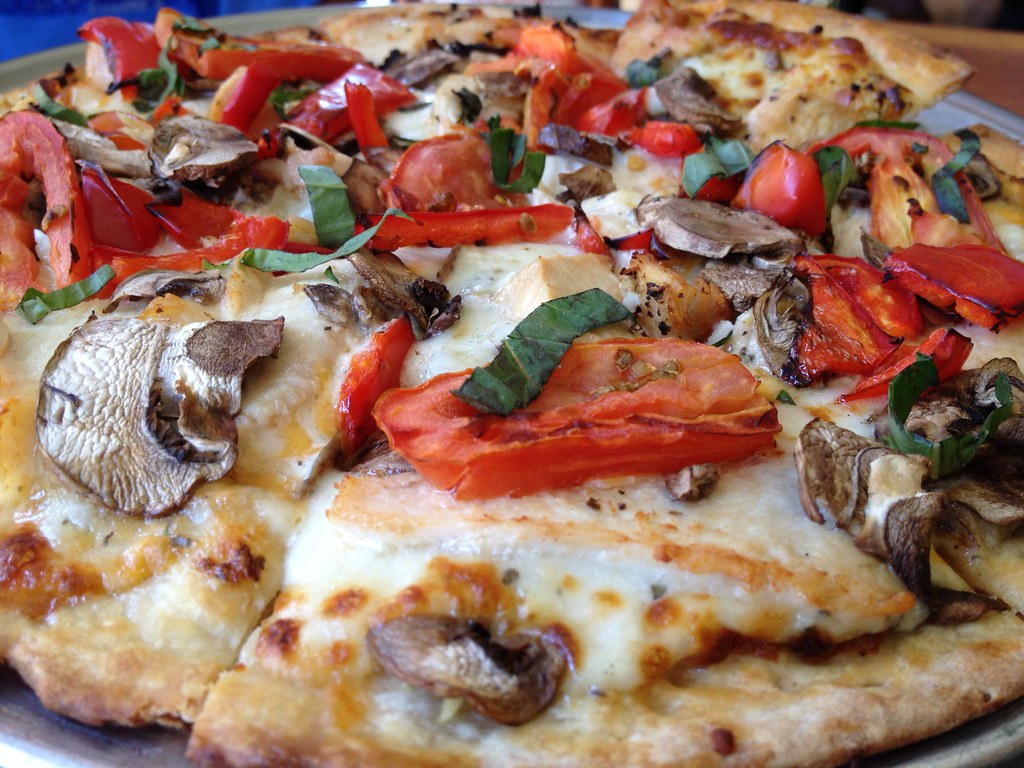
The culinary world is a wild, wonderful place, constantly shifting, blending, and reinventing itself. In an age where sushi tacos and kimchi quesadillas are becoming commonplace, it often feels like every traditional boundary is blurring. This global pantry and borderless kitchen offer incredible opportunities for creativity and innovation. They push palates into uncharted territory and create new, exciting experiences for diners worldwide. The rise of “hybrid cuisines—culinary innovations that combine techniques, flavors, and ingredients from different cultural backgrounds” is undeniable.
Yet, beneath the glittering surface of fusion and gastronomic experimentation, there’s a powerful undercurrent of resistance. Not every culinary tradition is eager to jump onto the latest trend train or shed its centuries-old skin for a new, “modern” look. While globalization has connected kitchens across continents and “the internet and social media amplify this trend,” making “recipes travel instantly” and “global supply chains make exotic ingredients… readily available,” a fascinating question emerges. At what point does innovation become appropriation, and which traditions draw a line in the sand, refusing to fundamentally alter their authentic soul?
This isn’t necessarily about shunning all progress or turning a blind eye to technological advancements. Rather, it’s a story of deep-rooted identity, a stubborn refusal to let the core essence of a cuisine be diluted. We’re talking about those culinary titans that, despite the relentless march of modern techniques and the siren song of global fusion, have flat-out refused to abandon their authentic character. These are the flavor fortresses, the bastions of tradition that demonstrate a masterful balance, leveraging modern tools *to preserve* their heritage, rather than replace it. Get ready to explore 14 such iconic examples that prove some things are simply too delicious and too meaningful to ever truly change.

1. **Chinese Rice Dishes (Congee, Dim Sum Sticky Rice)**In China, rice is far more than just a grain; it is “practically synonymous with daily nourishment,” forming the very bedrock of countless culinary traditions. From the comforting simplicity of congee to the intricate sticky rice preparations essential for dim sum, the integrity of rice is non-negotiable. This deeply ingrained cultural significance means that these dishes, at their core, flat-out refused to adopt modern techniques that would compromise their foundational quality.
The pursuit of efficiency in large-scale food production often presents a challenge to traditional standards. However, for Chinese rice dishes, the solution wasn’t to cut corners. Instead, “our rice cookers are engineered to handle large batches, ensuring each grain is perfectly cooked for traditional dishes.” This technological adaptation serves a singular purpose: to maintain the ancient, revered standards of texture and flavor, regardless of the volume produced.
It highlights a powerful paradox in modern cuisine. While new methods are embraced, their adoption is strictly conditional. The demand for perfectly cooked grains for staple dishes like congee and dim sum sticky rice remains paramount. This is a subtle but firm refusal to allow modern industrial processes to dilute a culinary cornerstone.
This dedication ensures that whether enjoyed in a bustling street market or a high-end restaurant, the rice in these dishes delivers an authentic experience. It’s a testament to a cuisine whose essence is so fundamental that even advanced machinery is designed to uphold, rather than alter, its time-honored principles.

2. **Indian Rice Dishes (Biryani, Pulao)**Indian biryani and pulao are more than just rice dishes; they are intricate tapestries woven with “spices and aromatics,” where every ingredient plays a vital role in a complex symphony of flavors. In India, “spices and aromatics lead the culinary scene,” making these preparations highly demanding. This inherent complexity means these dishes flat-out refused to adopt any modern technique that would lead to a simplification or dilution of their profound aromatic integrity.
The challenge of scaling up production for such intricate dishes is immense. Yet, the answer for these culinary masterpieces wasn’t to compromise on the delicate balance of spices or the precise cooking of the rice. Instead, “our systems are designed to master the precise conditions needed for complex dishes such as biryani and pulao.” This advanced engineering is a direct response to the cuisine’s unwavering demand for authenticity.
These sophisticated cookers are tasked with “maintain[ing] the integrity of the flavours while perfectly cooking the rice.” This commitment ensures that the subtle nuances of saffron, cardamom, and clove, critical to the biryani’s character, are preserved. It is a clear demonstration that technology is harnessed not to transform, but to safeguard the culinary heritage.
Thus, Indian rice dishes like biryani and pulao exemplify a resistance to fundamental change. They embrace innovation only when it serves to elevate, not diminish, their profound aromatic complexity and traditional methodology. The very machinery involved becomes a guardian of taste, ensuring that the soul of the dish remains intact.

3. **Japanese Sushi Rice**In Japan, the culinary arts are pursued “with precision and respect,” a philosophy that extends even to the most fundamental components of a dish. Sushi rice, for instance, is not merely boiled rice; it is a meticulously prepared foundation. Its exact texture, stickiness, and subtle sweetness are paramount, “complementing the delicate taste and texture of sushi fish.” This exacting standard illustrates a profound refusal to adopt modern techniques that would deviate from its established perfection.
The preparation of sushi rice is a sacred art, and any alteration to its core characteristics would fundamentally undermine the essence of sushi itself. While modern technology has permeated kitchens globally, Japanese culinary tradition has ensured that advancements in rice preparation serve to reinforce, rather than replace, these precise requirements. “Our rice cooking systems are fine-tuned to produce sushi rice that matches the exact requirements of stickiness and sweetness.”
This fine-tuning is not about introducing novelty; it is about “upholding the high standards set by Japanese cuisine.” It’s a testament to a culture that values consistency and authentic taste above all else when it comes to such a vital ingredient. The precision of the systems showcases a commitment to preserving the delicate balance that defines traditional sushi.
The “California rolls, once considered experimental, are now a staple in Japanese restaurants worldwide,” shows how fusion can occur with fillings. However, the *rice itself* remains true to its heritage. This unwavering adherence to specific qualities for sushi rice is a powerful example of a cuisine that has flat-out refused to compromise its core identity, leveraging technology purely as a tool for perfect execution.
Read more about: The High Stakes Kitchen: 14 Celebrity Restaurant Ventures That Crumbled Against the Odds
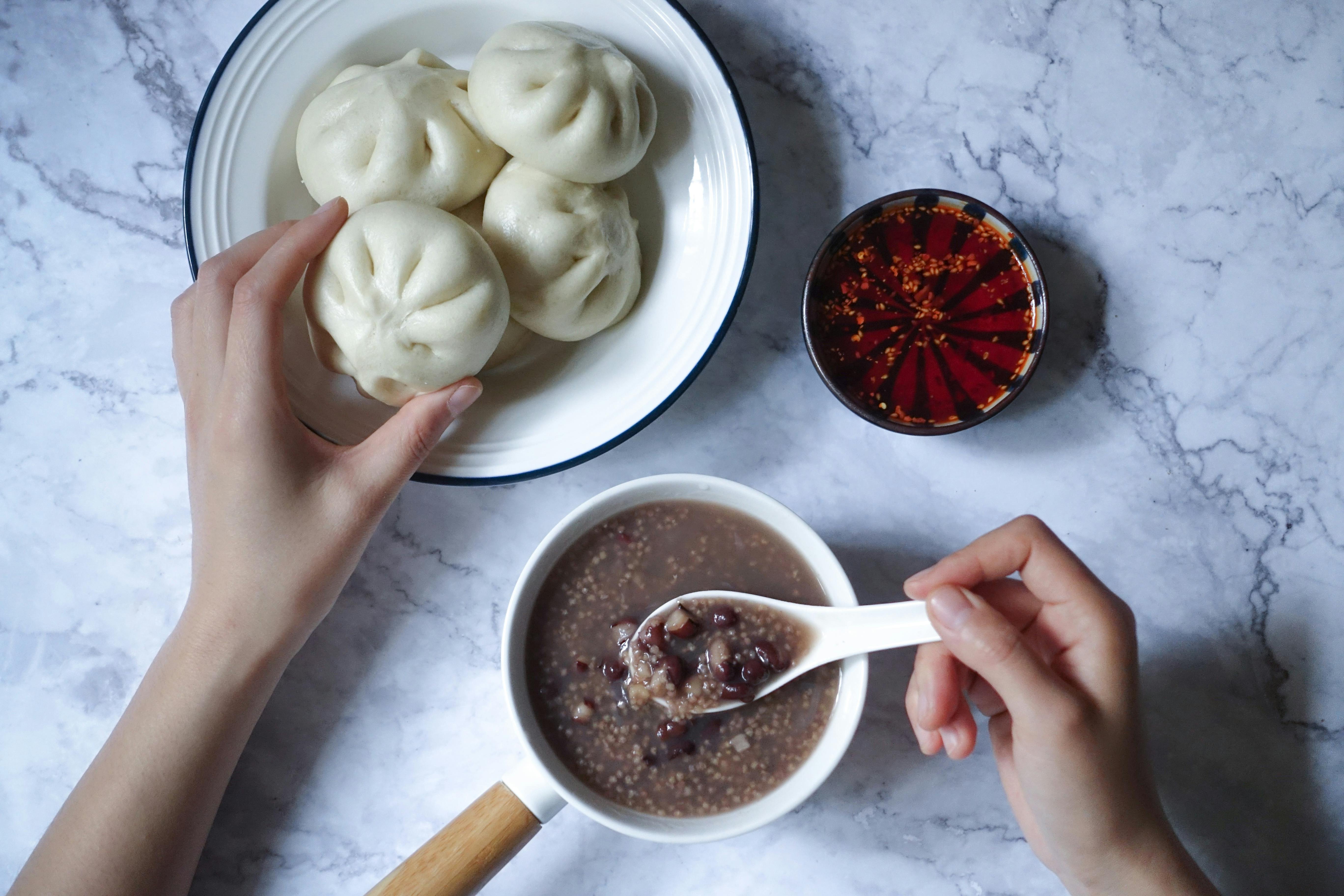
4. **Traditional Chinese Bao**The bao, a traditional Chinese steamed bun, has embarked on a remarkable journey, evolving “from the humble kitchens of China to become a beloved snack worldwide.” Its fluffy texture and versatile fillings, ranging from succulent pork to sweet red bean paste, have made it a hit across diverse culinary landscapes. Despite its global ascent and the pressures of widespread demand, the traditional Chinese bao has steadfastly “flat-out refused to adopt” any modern technique that would strip away its core identity.
To meet the soaring global popularity, “bao machines… are at the forefront of culinary innovation, designed to cater to the diverse needs of global cuisines.” These machines are adept at “streamline[ing] the process of bao making” and “ensure[ing] that each bun is uniform in size and texture.” This consistency is “crucial for meeting the high standards of commercial food production,” yet it is achieved without sacrificing the bun’s authentic characteristics.
Crucially, “the role of our bao machines extends beyond mere production; they are pivotal in maintaining the authenticity of the traditional bao while also enabling culinary creativity.” This statement perfectly encapsulates the bao’s resistance to fundamental change. While new fillings and “a range of fillings and dough types” reflect its “evolution… to a global culinary phenomenon,” the essential character of the bun itself—its light, airy texture and satisfying chew—remains inviolable.
This commitment means that whether you encounter a traditional pork bao in Shanghai or a modern fusion bao in New York, the fundamental experience of the bun remains unmistakably authentic. It’s a delicious demonstration of how technology can serve as a guardian of tradition, allowing an ancient staple to thrive globally without losing its soul.
Read more about: Encountering the Unconventional: An In-Depth Look at Tesla’s Cybertruck and the Engineering Philosophy Behind It
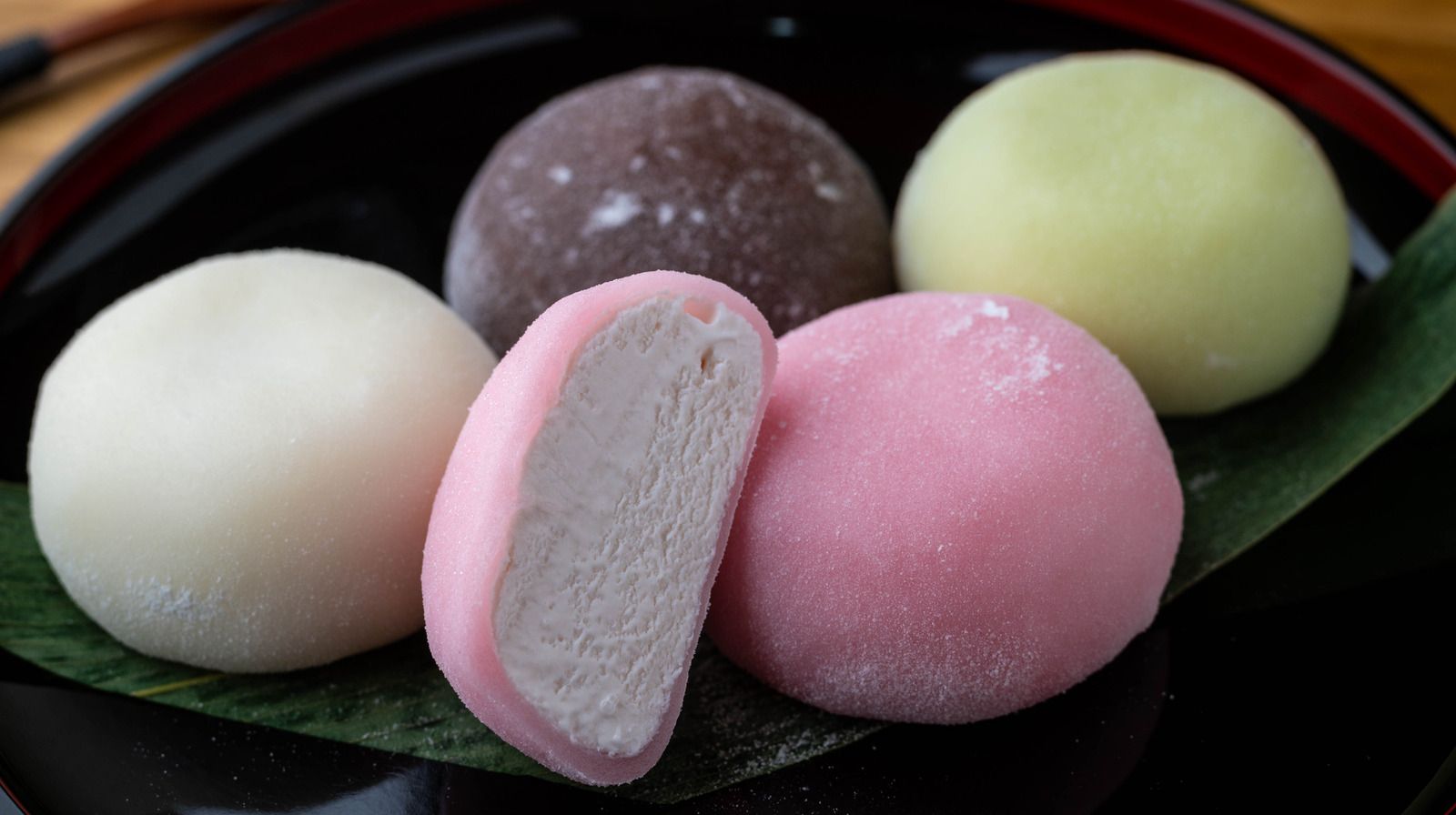
5. **Japanese Mochi**Mochi, a traditional Japanese rice cake, holds a place of profound reverence in Japanese culture, “symbolising good fortune and health” for centuries. Crafted from glutinous rice pounded into a unique, sticky paste, its distinct texture is central to various Japanese ceremonies and festivities, notably the New Year celebration. Even as “mochi’s popularity has spread globally,” adapting to “modern palates” in desserts like “ice cream mochi,” this beloved treat has unequivocally “flat-out refused to adopt” any technique that would compromise its unique, chewy essence.
The traditional process of making mochi is famously labor-intensive, a characteristic that often succumbs to modern efficiency demands. However, in the case of mochi, “mochi machines have played a pivotal role in this cultural fusion” not by abandoning tradition, but by supporting it. These machines have “modernised the labour-intensive traditional mochi-making process, making it more accessible and consistent for large-scale production.” This modernization is a means to an end: to allow mochi to reach a broader audience *while preserving its core*.
The beauty of this technological integration is its respect for the original. Mochi machines “allow for the experimentation with various flavours and fillings, from sweet azuki bean to chocolate and even fruit flavours,” catering to a diverse audience. Yet, they do so “while still maintaining the essence of traditional Japanese mochi.” This careful balance ensures that the defining sticky texture and subtle flavor profile of mochi remain intact, a delicious act of culinary resilience against homogenization.
This blend of old and new, facilitated by advanced machinery, ensures that “this traditional Japanese food can be enjoyed in new and exciting ways across the globe, bridging cultures through taste and texture.” Mochi thus stands as a powerful testament to a cuisine that embraces evolution on its own terms, refusing to surrender its fundamental character to the pressures of global trends, proving that its cultural heritage can both be preserved and propelled forward.
Read more about: Uncovering Trader Joe’s Best Frozen Desserts: Which Treats Truly Taste Like the Real Deal?

6. **South Asian Samosas**The samosa, a universally cherished triangular pastry, boasts a fascinating global trajectory. Originating “from the Middle East before flourishing in South Asia,” it has since “transcended its cultural roots to become a global snack beloved by many.” Traditionally, this golden-fried delight is filled with “spiced potatoes, onions, peas, and sometimes meat,” a flavor profile deeply ingrained in its identity. Despite its extensive travels and adaptations, the samosa has “flat-out refused to adopt” modern techniques that would undermine its “authentic taste” and characteristic crispy texture.
The demand for samosas, particularly in commercial settings, has led to significant advancements in production. “Samosa machines have revolutionised the way samosas are made, increasing production speeds.” However, this revolution is carefully managed. It operates “while maintaining the quality and consistency essential to authentic taste.” This critical balance demonstrates a clear refusal to sacrifice the time-honored characteristics of the snack for mere efficiency.
The adaptability of these machines further reinforces this commitment to authenticity. “Samosa machines are adept at adjusting to different filling consistencies and pastry thicknesses,” a crucial feature given that “the snack varies from region to region.” For instance, in “parts of East Africa, samosas are typically filled with minced meat and spices, reflecting local tastes.” The machinery accommodates these variations, ensuring regional authenticity is preserved.
This technological flexibility highlights a dedication to preserving the nuanced, traditional integrity of the samosa. It ensures that whether savored in its classic form or in its regional adaptations, the core essence—that perfect blend of spiced filling and crisp pastry—remains inviolable. The samosa stands as a delicious emblem of cultural persistence, refusing to yield its fundamental character to the homogenizing forces of global food production.
Read more about: Unlock Culinary Magic: Simple Ingredient Swaps That Will Transform Your Home Cooking
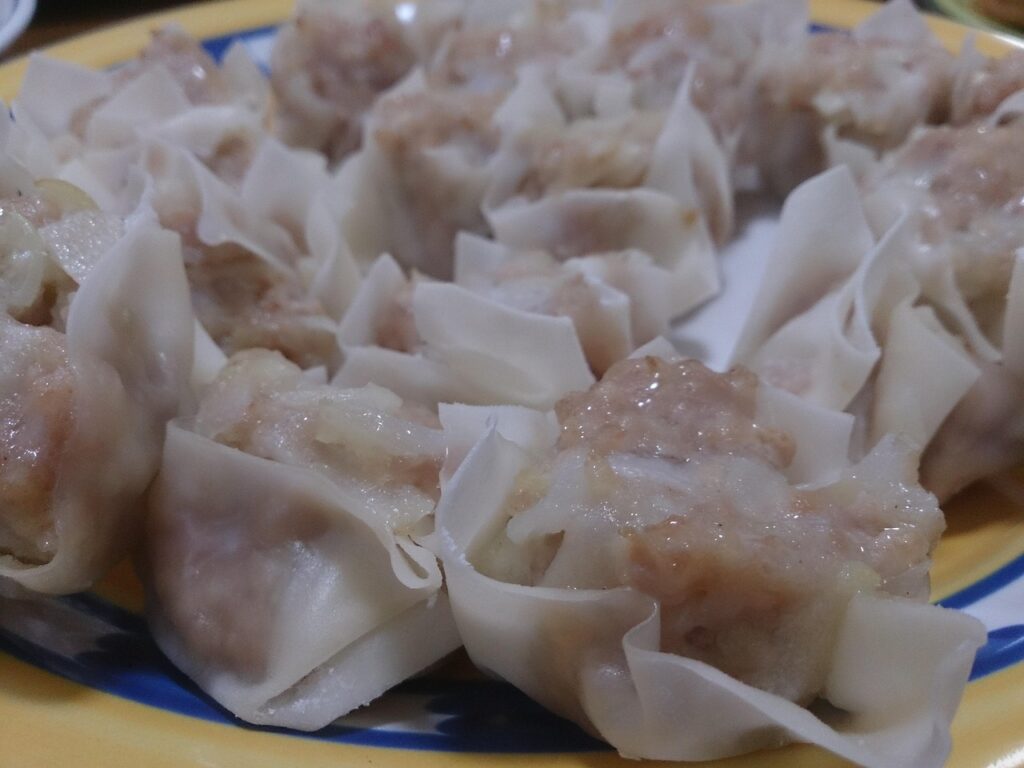
7. **Chinese Shumai**Shumai, a venerable staple of “Chinese dim sum,” has transcended its origins to become “a delight enjoyed worldwide.” Its adaptability is evident in its evolution, “adapting its traditional pork and shrimp filling to include local ingredients such as shiitake mushrooms in Japan.” Despite this global journey and the mounting demand, the essence of shumai has “flat-out refused to adopt” any technique that would fundamentally dilute its inherent authenticity or compromise its delicate, intricate form.
To manage its widespread popularity and ensure consistent quality, “shumai machines have become essential in preserving the authenticity of these dumplings while scaling up production.” This is a crucial distinction. Unlike manual preparation, which varies with individual skill, these machines “ensure consistent quality and shape of shumai.” This consistency is “crucial for maintaining the standards expected in traditional dim sum,” highlighting a commitment to authenticity through precise execution.
Furthermore, the versatility of these machines is key to their role as guardians of tradition. Their “ability to be adjusted for different fillings enhances their versatility, allowing culinary professionals to experiment with regional tastes without losing the essence of the original recipe.” This signifies a clear boundary: innovation is welcome, but only if it respects and retains the core identity of the dish.
Shumai thus embodies a powerful statement against culinary homogenization. The integration of advanced technology serves primarily to “bridge the gap between artisanal craftsmanship and modern efficiency,” ensuring that shumai retains its cherished place “both in traditional tea houses and in the global fast-food market.” It’s a testament to a cuisine that selectively adopts modern tools to steadfastly preserve its authentic charm.
Ready for more? We’re diving deeper into the global kitchen, where traditions aren’t just surviving—they’re thriving by playing by their own rules. These next seven iconic dishes and culinary concepts prove that even amidst a swirling vortex of fusion and innovation, some flavors are simply too powerful, too meaningful, and too delicious to ever truly change their stripes. They’ve masterfully navigated the complexities of globalization, often using cutting-edge tools to fiercely guard their authentic identities.

8. **Japanese Gyoza**Japanese gyoza, with its delicate folds and savory fillings, stands as a testament to precision in the culinary arts. While its origins might echo across Asia, gyoza has carved out its own distinct identity within Japanese cuisine, celebrated for its perfectly thin wrapper and harmonious flavor profile. It’s a dish where subtlety and texture are paramount, elements that historically resisted any attempts at crude modernization that would strip away its cherished characteristics.
The global love affair with dumplings has certainly placed pressure on traditional preparation methods. Yet, for gyoza, the response wasn’t to compromise on quality for the sake of speed. Instead, modern dumpling machines have stepped in, not to reinvent, but to meticulously replicate the artisanal craft. These machines are precisely designed to handle the delicate doughs, specifically adjusting to produce the thinner wrappers essential for authentic gyoza.
This technological adaptation ensures that whether you’re enjoying gyoza in a bustling Tokyo eatery or a contemporary restaurant far across the globe, the essence remains inviolable. The perfect crisp of the pan-fried bottom and the tender bite of the steamed top, all encased in that delicate wrapper, are consistently delivered. It’s a prime example of innovation being harnessed to uphold, rather than diminish, a culinary icon.
Through this intelligent embrace of technology, Japanese gyoza continues its global journey, bridging cultures through taste and texture, without ever losing its inherently delicate soul. This strategic use of modern tools ensures its beloved tradition not only endures but can also be shared with an ever-expanding audience, fiercely guarding its authentic form.
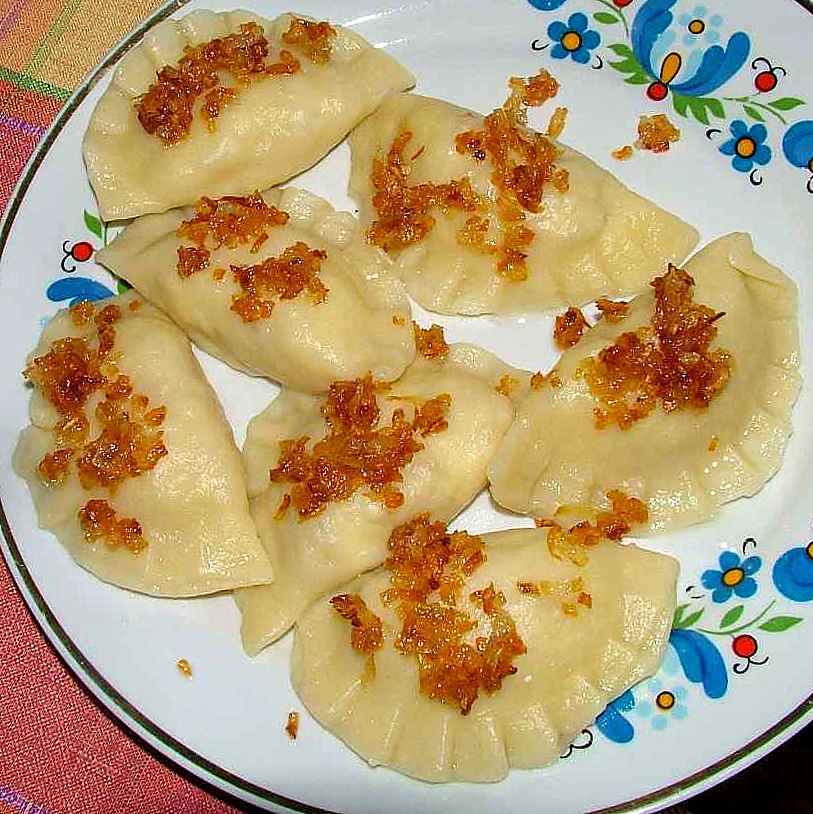
9. **Polish Pierogi**From the hearty, comforting kitchens of Poland comes the pierogi, a dumpling that speaks volumes of tradition and robust flavors. These sumptuous parcels, often filled with ingredients like potato and cheese, sauerkraut, or meat, are characterized by their thicker, more resilient dough, designed to hold their substantial fillings and withstand cooking. The very essence of pierogi lies in its satisfying chew and generous proportions, features that absolutely refuse to be diluted by superficial modern techniques.
As global appetites for diverse foods grow, the challenge for dishes like pierogi is scaling production without losing its rustic charm. You can’t just thin out the dough or skimp on the filling and call it a pierogi. This steadfast commitment to its defining characteristics means that any modern advancements adopted must serve to protect, not alter, its traditional integrity.
Enter the specialized dumpling machines, a testament to how technology can be a guardian of heritage. These ingenious systems are adept at adjusting to diverse dough types and filling consistencies, crucial for crafting pierogi that meet regional tastes. Specifically, they’re fine-tuned to produce the thicker wrappers necessary for these beloved Polish dumplings, ensuring the hearty texture is consistently maintained across large-scale production.
So, whether you’re savoring pierogi at a traditional Polish festival or discovering them in a distant international market, the experience remains authentically satisfying. This isn’t just about efficiency; it’s about a culinary tradition leveraging innovation to preserve its beloved, unyielding character, proving that some comfort foods are too foundational to ever truly change.
Read more about: Unlocking Culinary Gold: 15 Must-Try Dishes That Define Philadelphia’s Best Restaurants and Truly Beat the Regular Menu

10. **Italian Ravioli**Italian ravioli, a cornerstone of pasta culture, embodies culinary artistry with its precisely cut, often square or round, pasta pockets brimming with delectable fillings. From rich ricotta and spinach to savory meat mixtures, the beauty of ravioli lies in its specific form, the quality of its fresh pasta, and the harmony of its enclosed flavors. For a dish so deeply rooted in artisanal tradition, any notion of adopting modern techniques that would compromise its delicate structure or fresh taste has always been met with resolute refusal.
The crafting of traditional ravioli is an intricate process, demanding skilled hands and meticulous attention to detail. In an age of mass production, the temptation to simplify this process might loom large. However, the integrity of Italian cuisine, and specifically ravioli, dictates that while efficiency is welcome, it can never come at the expense of its distinctive shape, texture, or the authentic flavor of its contents.
Modern dumpling machines, in their remarkable adaptability, play a crucial role in supporting this tradition. These systems are engineered to handle various dough types and fillings, ensuring that each piece of ravioli is perfectly crafted. They ensure consistency in size and seal, which is paramount for maintaining the dish’s aesthetic appeal and preventing fillings from escaping during cooking, all while upholding regional quality standards.
This intelligent integration of technology ensures that the time-honored charm and authentic taste of Italian ravioli are meticulously preserved, whether it’s prepared in a family trattoria or on a commercial scale for global distribution. It’s a delicious demonstration of how innovation can meticulously safeguard a culinary art, allowing it to flourish worldwide without losing its precious, traditional soul.
Read more about: The Great American Pasta Place Duel: Top 15 as Told by Repeat Customer Rates (Prepare to Be Shocked)

11. **Nepalese Momos**Hailing from the high altitudes of Nepal, momos are far more than just dumplings; they are a vibrant culinary expression, deeply woven into the fabric of Nepalese daily life and festivities. These steamed or fried parcels, often filled with spiced ground meat or vegetables, are celebrated for their distinctive shape, robust fillings, and aromatic spices. The unique characteristics of Nepalese momos have staunchly refused to yield to any modern techniques that would diminish their regional authenticity or compromise their beloved, spicy essence.
The appeal of momos has undeniably spread beyond the Himalayan foothills, making them a popular treat across diverse culinary landscapes. This growing global demand, however, poses a significant challenge: how to scale production while meticulously preserving the nuanced flavors and precise hand-crafted appearance that define traditional momos? The answer lies not in altering the dish, but in adapting the tools.
Modern dumpling machines are deployed as cultural guardians in this scenario. These sophisticated systems are designed to accommodate the varied dough types and often intricate fillings required for momos. They ensure that each dumpling is perfectly crafted, maintaining the distinct shape and ensuring the consistent distribution of the spiced filling that is crucial to their authentic taste. This adaptability is key to preserving their unique regional character.
Thus, the integration of advanced machinery with traditional Nepalese culinary demands exemplifies a powerful resistance to homogenization. Momos continue to delight palates around the world, confident in their enduring identity, thanks to technology that serves to protect and propagate their rich cultural heritage, ensuring that their authentic spirit is never lost, even at scale.
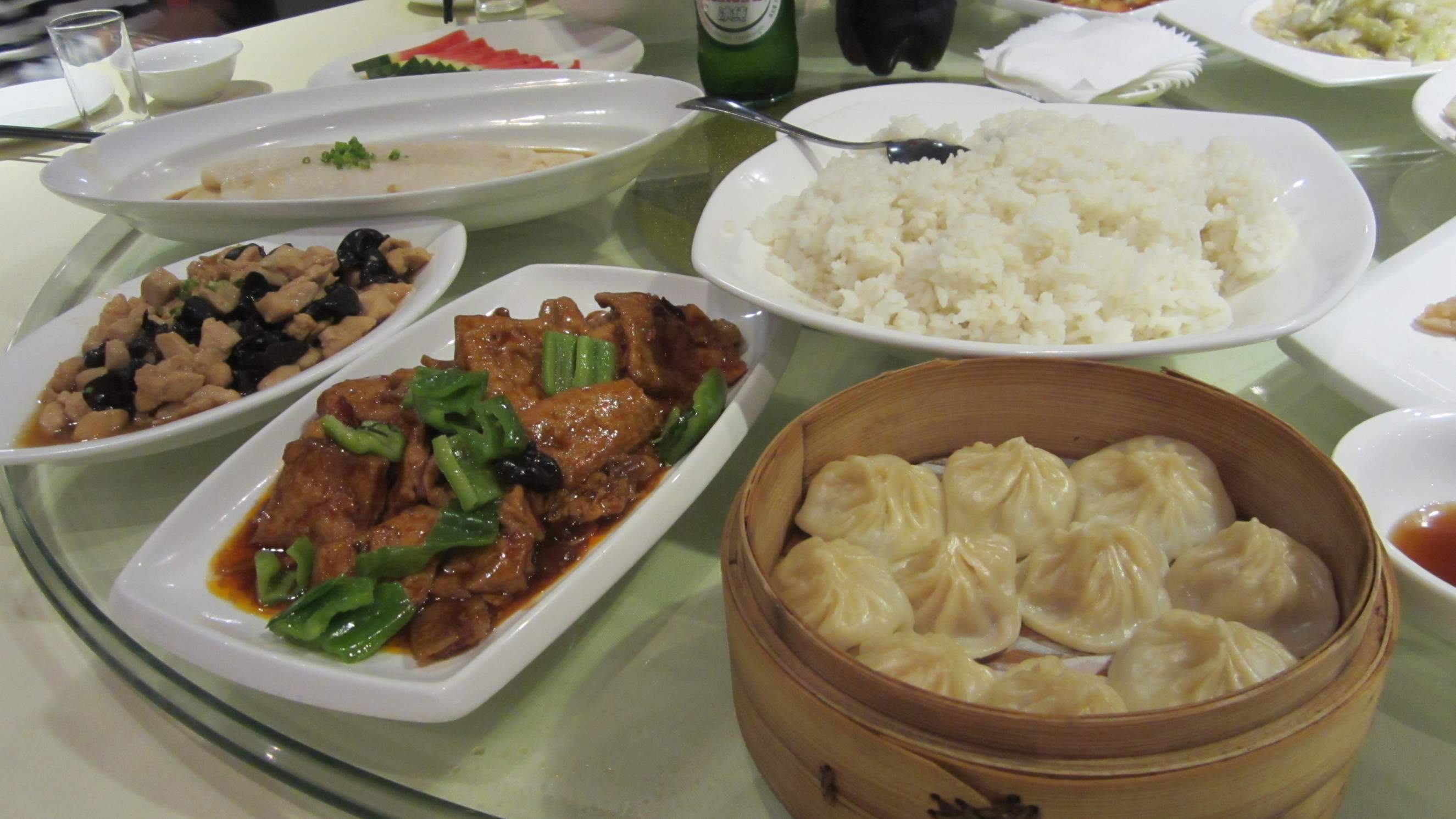
12. **Chinese Dumplings (General)**Tracing their lineage back to ancient China, dumplings represent one of the oldest and most versatile culinary traditions globally, branching into myriad forms from specific regional varieties to those enjoyed worldwide. Whether it’s the comforting boiled jiaozi, the delicate wontons, or the intricate forms of dim sum, Chinese dumplings are founded on the principle of perfectly crafted dough embracing flavorful fillings. This foundational art has consistently refused to adopt modern techniques that would fundamentally compromise its centuries-old integrity or artisanal spirit.
Despite their global proliferation and countless adaptations, the core essence of Chinese dumpling making—the precision in achieving the ideal dough consistency, the careful balance of fillings, and the artful folding—remains a sacred craft. The relentless march of globalization and demand for efficiency could easily tempt kitchens to cut corners, but for Chinese dumplings, the priority has always been the preservation of authenticity over mere speed.
This is where modern dumpling machines become invaluable allies in upholding tradition. These innovative systems are engineered to bridge the gap between artisanal craftsmanship and modern efficiency. They streamline the preparation process, ensuring a consistent quality and shape for a wide array of Chinese dumplings, which is crucial for maintaining the high standards expected in traditional dim sum and everyday meals alike.
By allowing for precise adjustments in dough thickness and filling quantities, these machines ensure that the fundamental experience of traditional Chinese dumplings remains unmistakable. This blend of technology and unwavering respect for heritage ensures that these beloved parcels continue to charm diners, from bustling street markets to elegant tea houses, always maintaining their authentic charm and profound cultural significance.
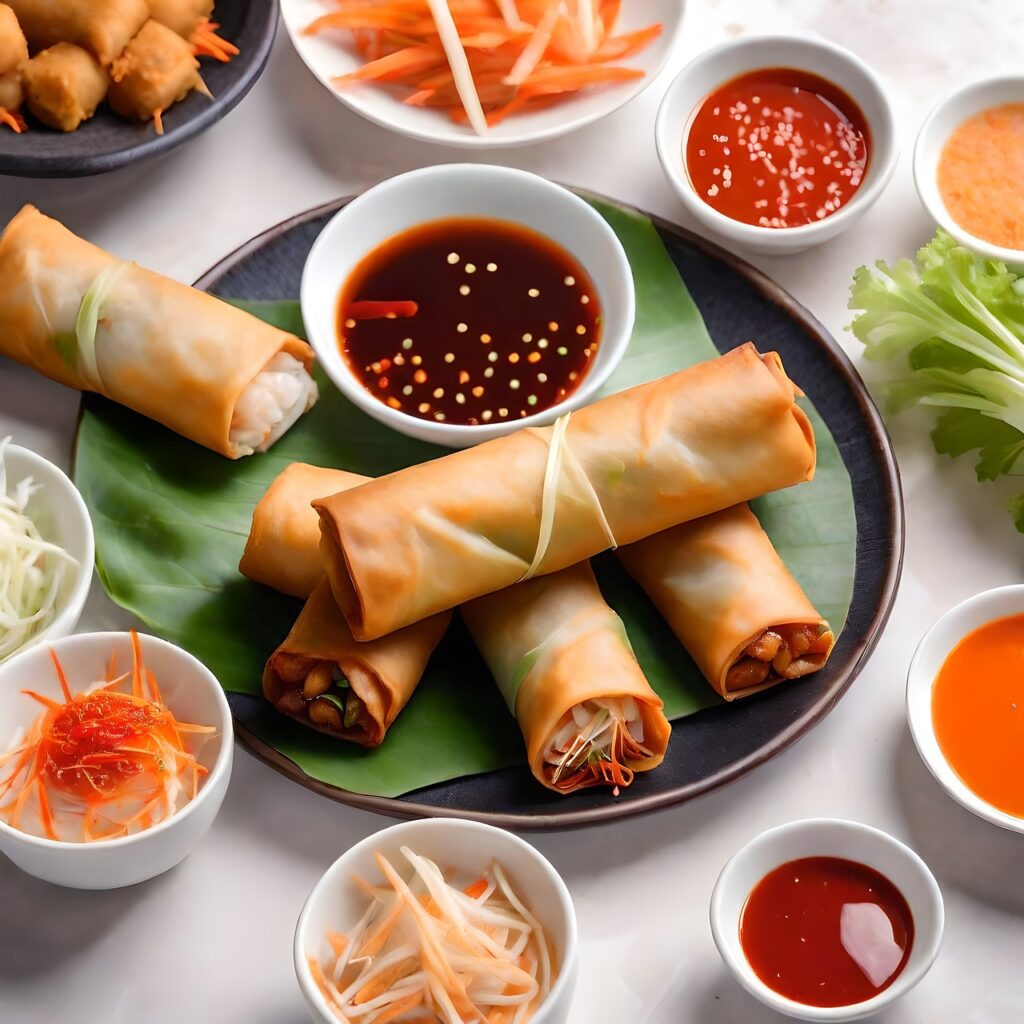
13. **Spring Rolls**Spring rolls, with their rich heritage deeply rooted in Southeast Asian culinary traditions, have embarked on a remarkable journey, captivating palates far beyond their original borders. Traditionally, these crisp, golden delights are filled with a vibrant medley of seasonal vegetables, sometimes complemented by succulent meats, all encased in a delicate, thin pastry and fried to perfection. As they’ve ventured westward and adapted to diverse tastes, the fundamental characteristics that define an authentic spring roll—the crispy texture, the fresh fillings, and the perfectly golden exterior—have steadfastly refused to be compromised by any wholesale adoption of modern techniques.
The allure of spring rolls has made them a global snack, leading to immense demand in commercial food production. The challenge lies in scaling output without sacrificing the intricate balance of flavors and textures that make them so appealing. This requires a nuanced approach to modernization, where technology is employed not to dilute, but to meticulously replicate and protect the artisanal quality.
While the specific text describing “Spring Roll Machines” is truncated in our provided context, we can infer their function based on similar food machinery. It’s safe to assume such machines would revolutionize production speeds while rigorously maintaining the quality and consistency essential for that authentic taste. This would involve precise control over pastry thickness and the accurate dispensing of varied filling consistencies, echoing the adaptable nature of other specialized food equipment.
This dedication ensures that whether you’re enjoying a traditional spring roll in its native land or a rendition adapted for Western palates, the core experience remains unmistakably true to its origins. It’s a compelling testament to how beloved cultural staples, through judicious modernization, can thrive globally, preserving their signature crispness and flavor profile against the pressures of culinary homogenization.
Read more about: The Resurgence of the Real: 14 Analog Technologies from the 70s Making a Modern Comeback
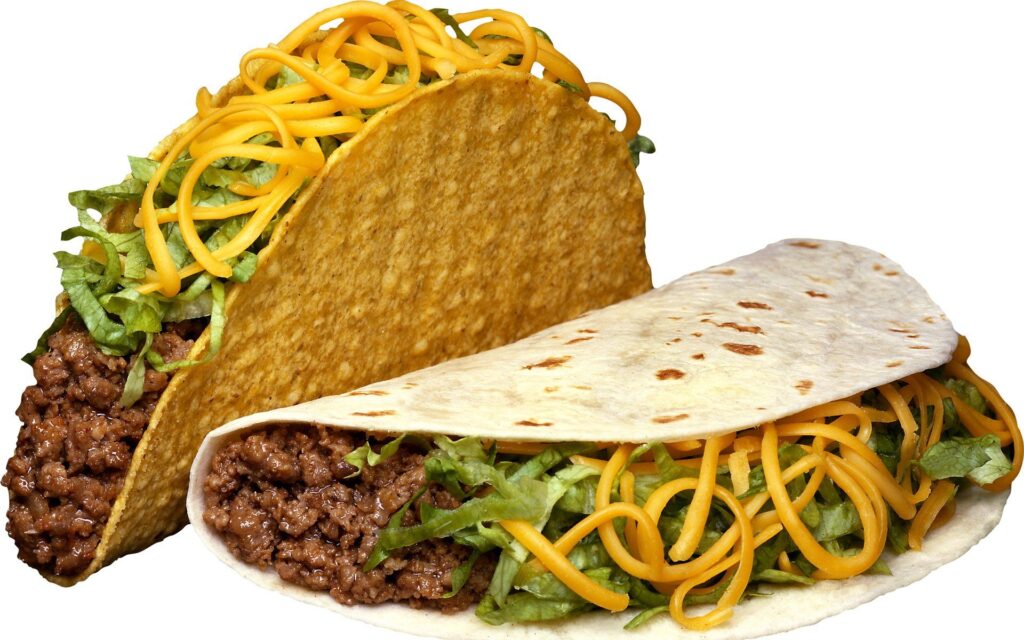
14. **The Enduring Quest for Authenticity in Traditional Cuisines**In a culinary world increasingly dominated by hybrid dishes and borderless experimentation, the discourse around authenticity has become more vital than ever. Food, after all, isn’t just sustenance; it’s a profound marker of identity, a vessel for tradition, and a narrative of cultural history. While the rise of fusion cuisine offers exciting avenues for creativity, it simultaneously ignites critical questions: at what point does innovation risk erasing invaluable cultural histories, or even becoming a form of misrepresentation?
It’s true that “authenticity is a complex and slippery concept.” Even the dishes we now revere as ‘traditional’ have undergone their own evolutions, shaped by historical currents, migrations, and resource availability. Yet, there’s a palpable and powerful resistance when culinary fusion appears thoughtless, or worse, solely driven by commercial gain. This can reduce a rich, deeply significant culinary heritage to little more than a fleeting marketing gimmick, stripping it of its narrative and meaning.
This ongoing debate often intersects with the broader societal discussion on cultural appropriation. Genuine “cultural exchange” enriches and inspires, fostering mutual understanding and appreciation. However, appropriation occurs when traditions are borrowed without genuine respect, adequate acknowledgment, or a deep understanding of their origins and significance. The nuanced power dynamics at play make these distinctions incredibly important, particularly when marginalized communities see their culinary heritage commodified by outsiders.
Read more about: Saul Zabar: The Unseen Architect Who Built a New York Institution, Passing at 97
Ultimately, many cuisines across the globe steadfastly defend their core identities, viewing selective modernization not as a surrender, but as a strategic fortification. They embrace innovation only when it serves to elevate and propagate their heritage, ensuring that their authentic soul and distinct character endure for future generations. This unwavering commitment to cultural integrity, even in the face of relentless globalization, stands as a testament to the profound power and resilience of traditional foodways.


:max_bytes(150000):strip_icc()/16160-juicy-grilled-chicken-breasts-ddmfs-5594-hero-3x4-902673c819994c0191442304b40104af.jpg)
